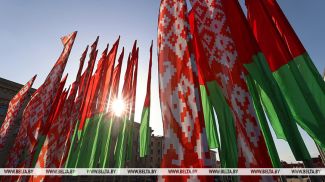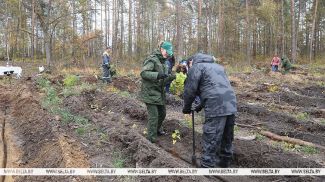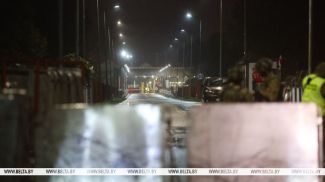MINSK, 5 October (BelTA) - The Belarusian Corner has opened in Ankara Castle, the historical part of the Turkish capital, BelTA learned from the Belarusian Embassy in Turkey.
It will showcase the works of Belarusian artists. The Belarusian Corner is an initiative of Turkish collector and philanthropist Erol Uruglu, who has Belarusian and Russian roots (his mother is a native of Grodno, and his father is from St. Petersburg). The initiative was implemented jointly with the Embassy of the Republic of Belarus in Ankara.
The opening of the exposition of Belarusian artists and artisans was timed to coincide with the launch of the Turkish-Russian House of Friendship of Diplomats and Artists which also displays the works of artists from Russia and other CIS countries.
At the ceremony to open the Belarusian Corner, visitors were treated to dishes of Belarusian national cuisine. Along with Ambassador Extraordinary and Plenipotentiary of Belarus to Turkey Viktor Rybak and employees of the Belarusian foreign mission, the event was attended by the Russian ambassador to Turkey, the head of the Rossotrudnichestvo representative office in Turkey, the vice mayor of Ankara, the head of the municipality of the Altindag district of Ankara, representatives of the Turkish and Russian public.
When speaking at the launch event, Ambassador Viktor Rybak stressed that Erol Ugurlu, being a patriot of his country, makes an important contribution to the development of cultural ties with Belarus, Russia and other countries of the Commonwealth of Independent States. This is why the Turkish-Russian House of Friendship of Diplomats and Artists features the works of authors from the CIS countries. Today, the Belarusian Corner is represented, among other things, by the works of artists affiliated with Grodno Regional Methodological Center for Folk Art, Mosty District Center of Crafts, and Shchuchin District Center for Culture and Folk Art.
Ankara Castle is located in the Altindag district of Ankara. The exact date of founding is not known, but historians have established that the castle existed at the beginning of the second century B.C.













